Waves and Electromagnetic Spectrum Worksheet Answer Key
Worksheets are valuable tools for students to reinforce their understanding of concepts and test their knowledge. When it comes to waves and the electromagnetic spectrum, having a reliable answer key can greatly enhance the learning experience. Whether you're a teacher seeking a resource to accompany your lesson plans or a student aiming to self-assess your understanding, an answer key for the Waves and Electromagnetic Spectrum Worksheet can provide the necessary support.
Table of Images 👆
More Other Worksheets
Kindergarten Worksheet My RoomSpanish Verb Worksheets
Cooking Vocabulary Worksheet
DNA Code Worksheet
Meiosis Worksheet Answer Key
Art Handouts and Worksheets
7 Elements of Art Worksheets
All Amendment Worksheet
Symmetry Art Worksheets
Daily Meal Planning Worksheet
What are waves?
Waves are a transfer of energy through a medium or vacuum, characterized by oscillations that move through space from one location to another. These oscillations can be in various forms such as sound, light, water, or seismic waves, with different wave properties and behaviors depending on the medium through which they travel.
How are waves classified?
Waves are classified based on their direction of oscillation and the medium through which they travel. There are two main categories: transverse waves, where particles vibrate perpendicular to the direction of wave propagation, and longitudinal waves, where particles vibrate parallel to the direction of wave propagation. Waves can also be categorized as mechanical waves, which require a medium to travel through, or electromagnetic waves, which can travel through a vacuum. Additionally, waves can be further classified based on their frequency, wavelength, and amplitude.
What is the difference between transverse and longitudinal waves?
Transverse waves are waves in which the particles of the medium move perpendicular to the direction of the wave, while longitudinal waves are waves in which the particles move parallel to the direction of the wave. In transverse waves, the oscillations are up and down or side to side, like the motion of a rope when shaken. In longitudinal waves, the oscillations are back and forth, like the compressions and rarefactions in a slinky or sound waves in the air.
How do waves transfer energy?
Waves transfer energy through oscillations or vibrations of particles or through the motion of the wave itself. In mechanical waves like sound waves or water waves, the energy is transferred by the motion of particles in the medium, while in electromagnetic waves like light waves or radio waves, the energy is carried by the oscillating electric and magnetic fields. This transfer of energy allows waves to propagate through different mediums or through empty space, carrying information and causing various phenomena.
What is the amplitude of a wave?
The amplitude of a wave refers to the maximum displacement or distance from the equilibrium position that a wave oscillates or vibrates. In simpler terms, it represents the height of a wave crest or the depth of a wave trough. Amplitude is an important characteristic of a wave as it influences the wave's energy and intensity.
What is the wavelength of a wave?
The wavelength of a wave is the distance between two consecutive points on a wave that are in phase with each other, such as two crests or two troughs. It is usually denoted by the symbol ? and is commonly measured in meters.
What is the frequency of a wave?
The frequency of a wave is the number of complete cycles of a wave that occur in one second, measured in hertz (Hz). It represents how many times a wave repeats its pattern in a given amount of time.
What is the relationship between wavelength and frequency?
Wavelength and frequency are inversely related in that as the wavelength of a wave increases, the frequency decreases, and vice versa. This means that waves with longer wavelengths have lower frequencies, while waves with shorter wavelengths have higher frequencies.
How are waves reflected and refracted?
Waves are reflected when they bounce off a surface, with the angle of incidence equaling the angle of reflection. Refraction occurs when waves pass from one medium to another of different density, causing a change in speed and direction. This change in speed results in the wave bending, with the amount of bending dependent on the change in density between the two mediums.
What is the electromagnetic spectrum?
The electromagnetic spectrum is the range of all possible frequencies of electromagnetic radiation, which includes light, radio waves, microwaves, infrared radiation, ultraviolet radiation, X-rays, and gamma rays. This spectrum encompasses all forms of electromagnetic radiation, differing only in their frequencies and wavelengths.
Have something to share?
Who is Worksheeto?
At Worksheeto, we are committed to delivering an extensive and varied portfolio of superior quality worksheets, designed to address the educational demands of students, educators, and parents.





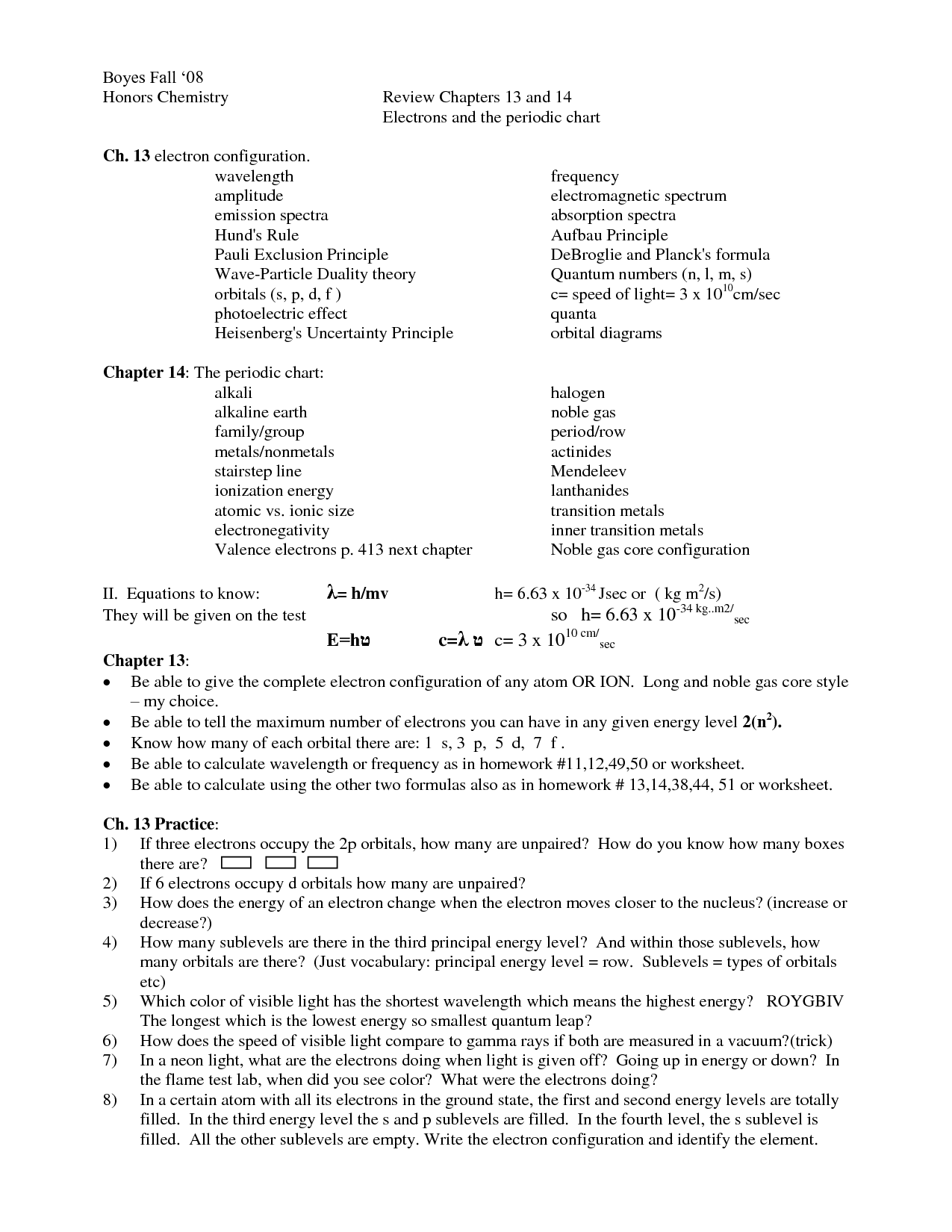
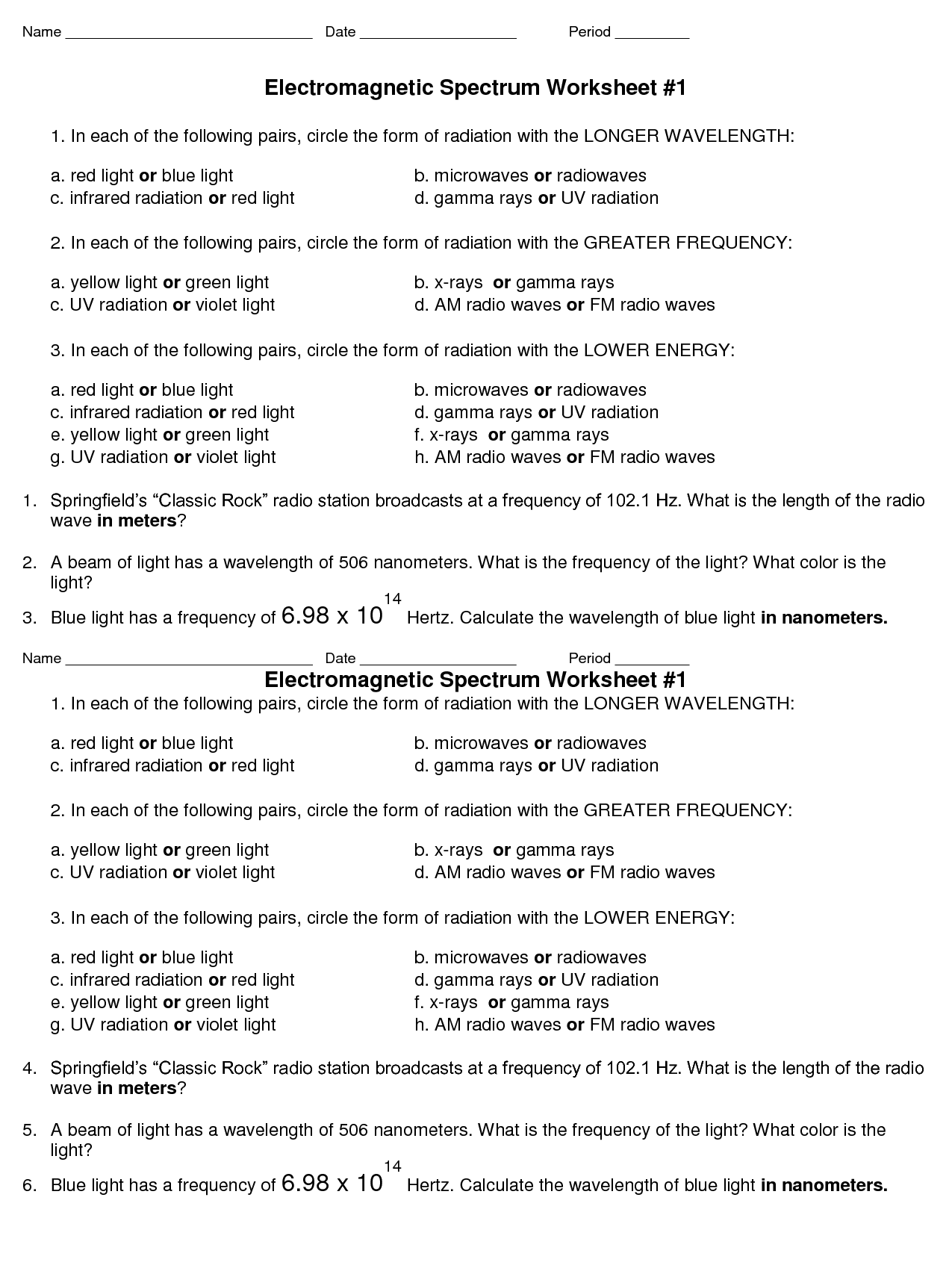
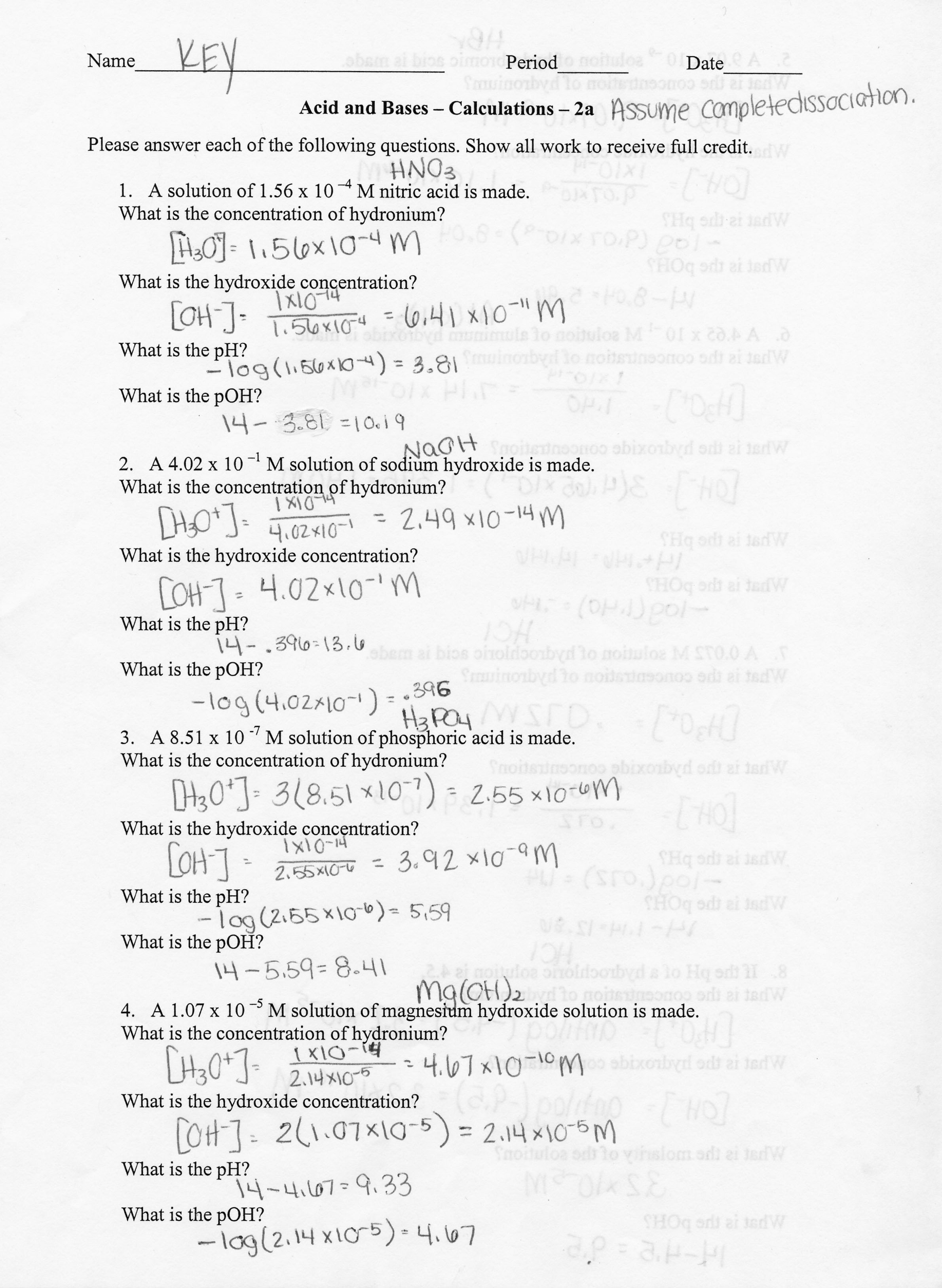
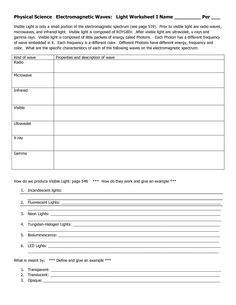
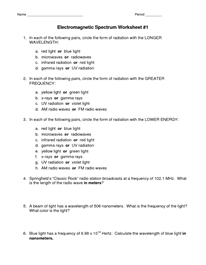
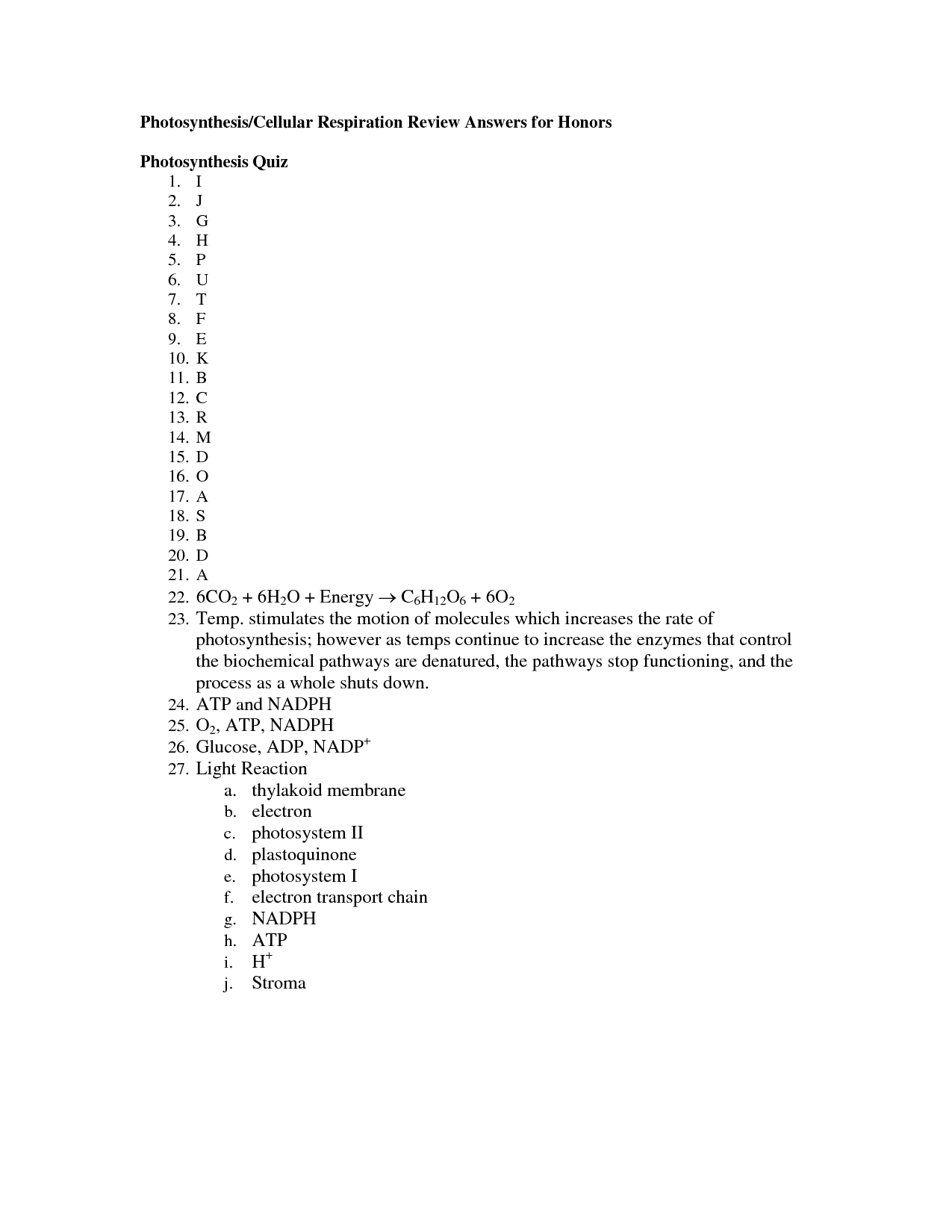
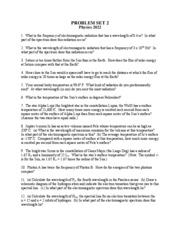
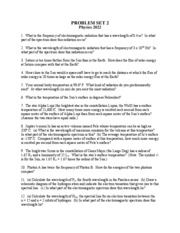
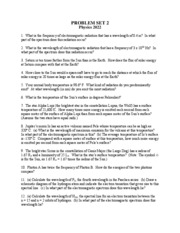
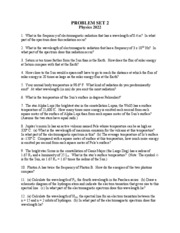
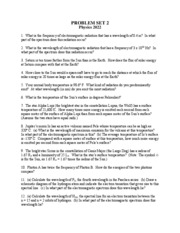

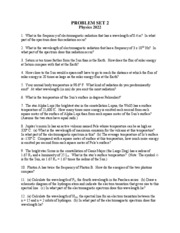
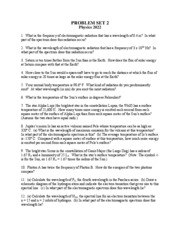
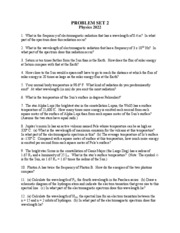
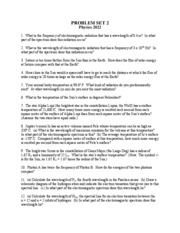
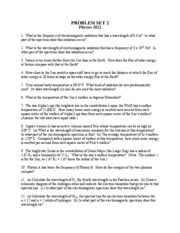
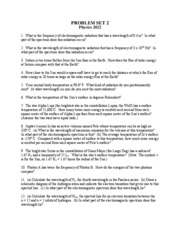
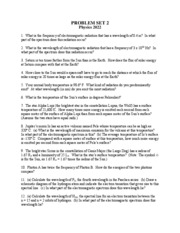














Comments